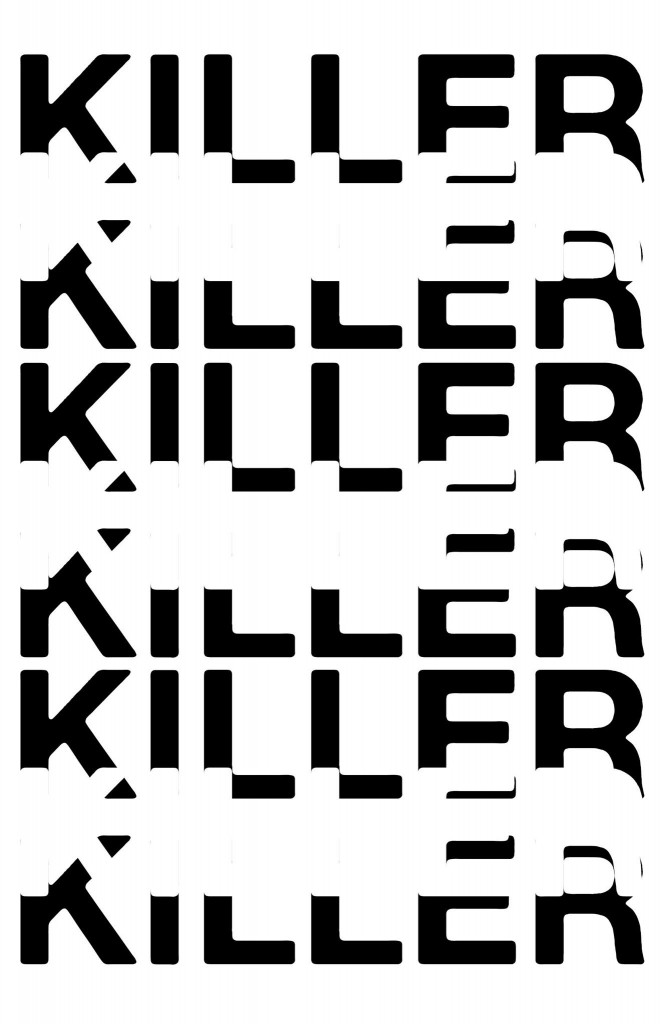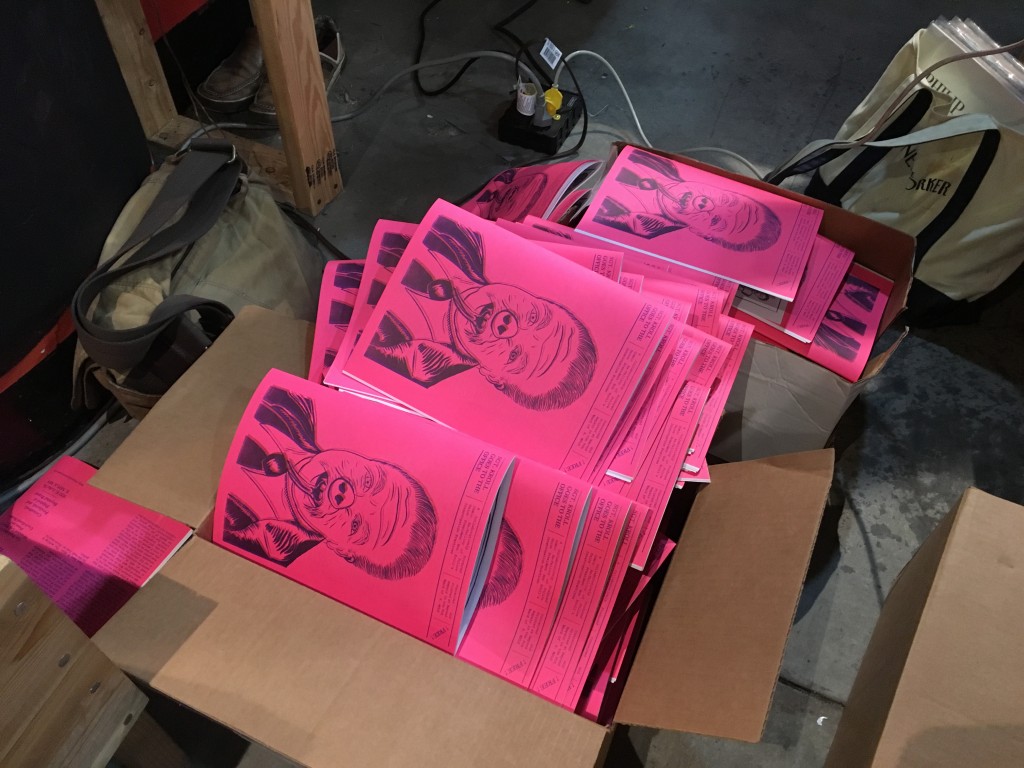
Many of us here in MPLS are a little shaken, but not at all surprised, after the verdict – not guilty on all counts – for Jeronimo Yanez, the St. Anthony, MN cop who murdered Philando Castile. How to move forward, how to act, how to relate and continue to coexist with one another here in a state that speaks so highly of itself, yet knows full well that it must come to terms with both its past and present and future wrong-doings. The first step, as always, is to begin to unpack the nature of it all: how we see it, how we feel it, how our attitudes become formed into our institutions.
Earlier today, frequent squatter at the shop (and dear friend and conversation partner), Marlon James wrote a piece about his experiences being the “big, black guy” here in Minneapolis. Please take a moment to read it in full, and consider how, while this post-verdict moment may feel singular, that moment accumulated becomes the totality of public life for black American men and women.
You can change a system, an institution, a standard of measure, but until you work to change yourself, this shit’s gonna keep going down, and the experiences and daily dread Marlon describes will never go away. Our institutions our us, they do not change on their own.
We Must Move Towards Being Fully Human
Risa Puleo interviewed Sam for Hyperallergic in relation to the comic action, Sgt. Kroll Goes to the Office, as well as the differences between the Chicago and Portland schools of so-called Social Practice, and its role in the age of Trumpiness.
Give it a read.

Can’t stop into the shop to pick up your own free copy of Sgt. Kroll Goes to the Office? Feel free to read the online version here. And please share!
Jeremiah Bey – frequent Beyond Repair friend / collaborator / etc – wrote the following within a post on Facebook today. How do we engage these attitudes, and their forms, which Jeremiah talks about? Not just on the local level, but cycled even further down, to the neighborhood? Many of us know that there are certain officers on the payroll within the 3rd Precinct known for abusive tactics. What more don’t we know? Past that, the very knowledge – passed from person to person – that these tactics exist within a neighborhood power structure (one with guns, other weapons, and impunity), how does that affect the psyche of a neighborhood? Terror exists in many forms and is utilized for many varied gains:
“Richard Zuley is not black, but he is a part of Black History. I will not consider this my Black History post of the day, but it’s something we should all know and understand.
Richard Zuley is the poster child for police corruption as an institutional problem. He was a Chicago PD homicide detective who created a department wide culture of torturing black and brown Chicagoans into murder confessions. When he retired from the CPD, he was invited to teach and facilitate his torture techniques at Guantanamo Bay.
Yes, his torture techniques were not only widely known about within the field of American law enforcement, they were admired. So much so, that the CIA wanted to learn from him.
Richard Zuley’s career didn’t come under scrutiny until after his retirement during a brutal “interrogation” of a Guantanamo detainee. The detainee, Mohamedou Ould Slahi, endured extensive abuse from Zuley, including a threat that Zuley would bring Slahi’s mother in to be raped by other inmates.
Zuley is also being accused of planting evidence on murder suspect, Lathierial Boyd, in 1990. During the arrest at Boyd’s expensive downtown loft, Zuley was heard telling him “no nigger is supposed to live like this”.
The Guardian wrote:
“Dick Zuley’s history as a military interrogator at Guantánamo and a police interrogator in Chicago scrambles that narrative. It suggests a continuum between police abuses in urban America and the wartime detention scandals that continue to do persistent damage to the international reputation of the United States.
Chicago, in particular, has its own deep and infamous history with police torture, with black Chicagoans its primary victims.”
Michelle Alexander encouraged us to begin connecting the dots. People like Richard Zuley not only connect dots, they sew entire seams together. My question is, just how many Richard Zuley’s are there? And if naming them could become an endless and futile game, then where should our energy be put to stop them?” – Jeremiah Bey